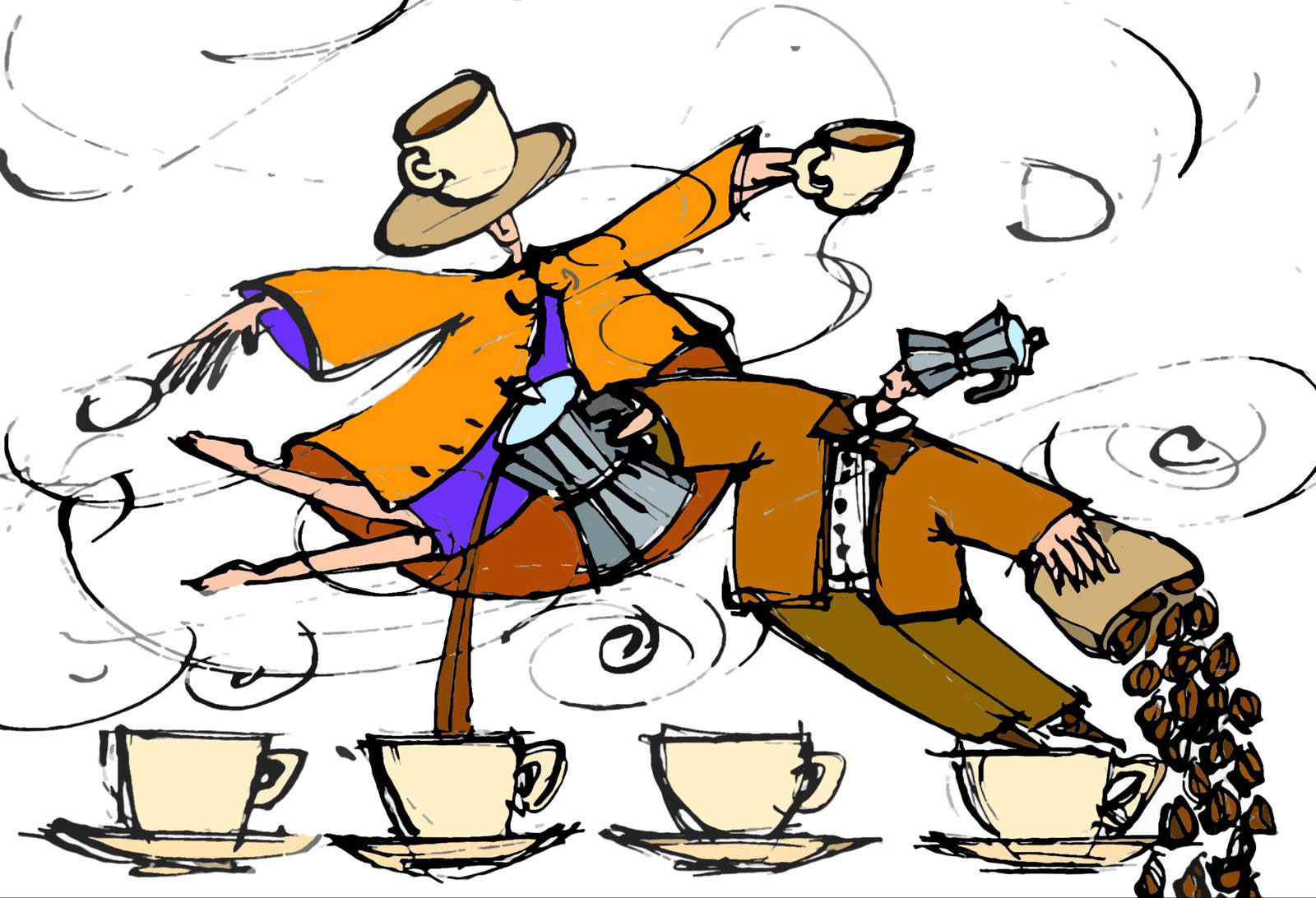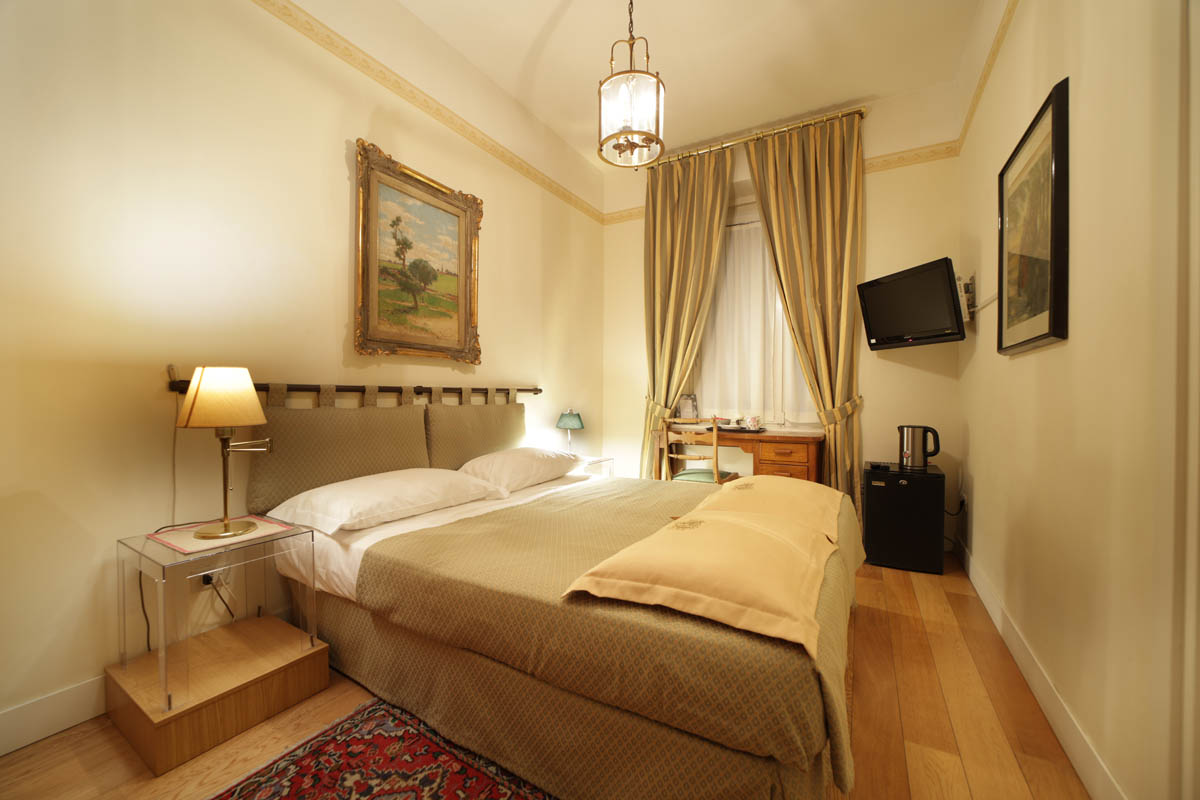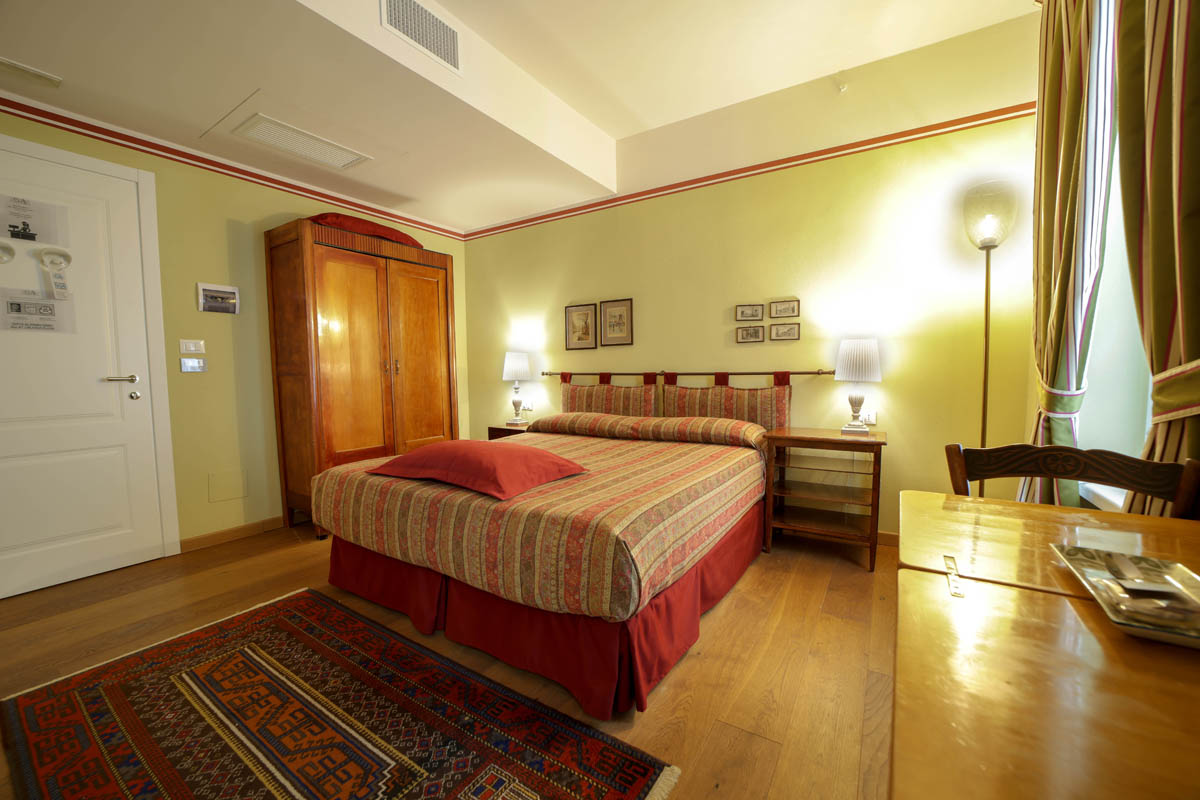In recent weeks, Maurizio Stagni has told us what coffee represents in Trieste.. Today he suggests an itinerary taken from his ‘coffee guide’ to sampling this beloved drink in our city. Even if you are a native Triestino, this article is full of tips.
Gocciato and Bars
The vast list of different ways to order coffee in Trieste is also a linguistic code of belonging to the city: ‘el capo in B’, ‘el nero’, ‘el gocia’ and many other tweaks and requests are objectively marginal but subjectively fundamental differences. It is said that coffee ‘in B’, which means in a glass, with all its variations, originated from a need to warm up one’s hands. This is not an immediate solution with a small cup.
The people of Trieste like to order their coffee because ‘il goccia’ is not just a cup with coffee and a little milk foam, but it is a challenge with the barista to see if it is a true ‘goccia, goccia’ or something else.
The people of Trieste like to order their coffee because ‘il goccia’ is not just a cup with coffee and a little milk foam, but it is a challenge with the barista to see if it is a true ‘goccia, goccia’ or something else.
I cannot tell you a place to get the ‘perfect’ coffee. But I can list the cafes that offer a tasting of coffee developed, blended and roasted in Trieste. It is therefore a discovery itinerary rather than an indication of my opinion and my palate.
Mi riferisco a caffè che frequento e che si trovano nella zona fra Rive, Piazza Venezia e il caffè San Marco.
Eataly – riva Tommaso Gulli 1
It is worth starting at Eataly to taste various blends and mixtures from different origins while sitting in front of the panorama of the ‘Sacchetta’.
Heated in winter, cool in summer, welcoming, and young, it offers an unhurried atmosphere. Through the window on dark Bora-wind days, the moored boats convey their reactions to the slaps of the gusts of wind moving, tilting, and bending them under the fierce wind, rain, and sometimes snow that falls horizontally. Here they serve the basic Illy cup, an intense roast, but the Arabica blend coffee can be tasted on request, depending on the countries of origin: Ethiopia, Brazil and Guatemala. The baristas pay close attention to cleaning the filter holder between one coffee and another and all the codified rituals for good coffee.
Mug – Piazza Hortis 6
Mug is a young, innovative, different environment for tasting Guatemalan coffee along with the products from an excellent bakery. Consult the list of ‘Sunday specials’. Many English terms are used but fingers are also allowed for orders. You can thus indicate pastries, sandwiches, palate cleaners, and other things that will be served with jovial care and patience in a happy jumble of profoundly different and often distant generations. The espresso normally served is a 100% Arabica coffee, but special single-origin tastings are offered, a different one every month. In the summer months, this includes the choice of a ‘cold extract’.
Franco Zerial, the soul and creator of the ‘Guatemala’ roasting company for 40 years, makes a ‘Max selection’ for Mug sold in sealed packages of ground coffee.
Torrefazione La Triestina – via di Cavana 2
In the 1950s, coffee in Trieste was taken in roasting shops at a long counter displaying roasted and unroasted blends in tanks behind the saleswomen. Here, you can still taste different types of roasted blends, in particular a blend from the Excelsior roasting shop.
La Triestina is the temple of grinding. You can ask for a grind for Neapolitan, moka, or American coffee. The experienced baristas behind the counter using an old grinder will give you perfection.
If you want to see an old scale for weighing sacks or a roasting machine that worked until a few years ago, you are in the right place. For a small gift to enjoy or share: Arabica coffee beans covered in chocolate.
Casa della Musica – via dei Capitelli 3
Just a little further towards Piazza Unità, in the alleys of the Cittavecchia area, at the bar of Casa della Musica, Primo Aroma coffee is served. Musicians should certainly visit; you might meet some well-known figures from the national and international jazz or music scene. Gabriele Centis, president of the ‘Scuola di musica 55’ cooperative, which operates the bar, is the generous and sympathetic reference point for music in the city and the surrounding area.
Piazza Grande – capo di Piazza G. Bartoli 12
Under the town hall overlooking Piazza Unità, the Piazza Grande café serves Guatemalan coffee.
This café was frequented by Ettore Schmitz – otherwise known as Italo Svevo – because he worked not far away at the Trieste branch of the Union Bank of Vienna. Saba also often came here to meet other writers and artists, especially Silvio Benco, a writer, journalist and critic who appreciated his writing and supported him.
From here you can admire Piazza Unità, which contains all the elements of expansion, success and wealth of the city’s peoples: Byzantium, Bohemia and Jugendstil in the Palazzo della Prefettura, Habsburg and classical architectural styles for the eclecticism of the Town Hall.
Urbanis – Piazza della Borsa 15
At the Urbanis bar, you order after lowering your gaze and discovering an original and inviolate mosaic depicting the sea, the Bora wind and the mythology of the year the city was founded. The decor reflects the original. The coffee cup is produced by skilled hands at the Excelsior roasting shop.
Caffè Tommaseo – piazza Nicolò Tommaseo 4
A must in the itinerary is the Caffè Tommaseo, another historic café where you can sit down with a ‘Goccia tazza calda’, a ‘Capodeca poca schiuma’, or perhaps a ‘nero in B’ while taking in the irredentist atmosphere along with the ancient noise of the parquet – unfortunately, the only furnishing not devastated by a sad, rough renovation. This, the oldest café in Trieste (1830), was a central point in the Trieste resurgence. The Viennese café tradition has been resumed with drinks and foods reflecting the rhythms of the day – breakfast, lunch, tea-time and dinner. Thus, Tommaseo has also become an excellent restaurant with a limited but high-quality, treasured menu.
Viezzoli – via della Cassa di Risparmio 7
Also in the area, not far from the old Stock Exchange, the Viezzoli bakery bar serves a cup of Illy coffee with a ‘classic’ intensity of taste. Here, among all the pastries, don’t miss the Brazilians – a double biscuit stuck together with apricot jam and a jam filling in the centre. The fragrant shortcrust pastry differs from all competitors due to its scent of butter and vanilla and its excellent, not-too-sugary jam. We are grateful to these entrepreneurs with deep roots in tradition who saved and relaunched one of the oldest pastry shops in Trieste – Pirona (Largo della Barriera Vecchia, 12), founded in 1900. You will not regret this digression in our itinerary.
Eppinger – via Dante Alighieri 2
I cannot fail to mention Eppinger because of their ‘Biscotti dei poeti’, rich in vanilla, cocoa and French butter, which are produced in collaboration with Sebastiano Scaggiante, a great pastry chef and the owner of the Heppinger brand (1848). The biscuits are handmade one by one with the faces of Saba, Joyce and Svevo imprinted on them. Here, the ‘intense’ Illy roast is served: a well-made cup that, to me, releases beautiful aromas and a little final acidity.
Don’t miss out on buying a ‘Pinza integrale‘, an Easter-themed sweet from Trieste that has surpassed its season and is available all year round. Fragrant, very soft, not heavy, aromatic and not too sweet.
Walk up a flight of stairs to the upper floor, where you will find a Parisian atmosphere. The small tables in the windows there will give you an unusual view of the buildings and street below. This is a café where you can enjoy a break at lunchtime, too, with dishes that are carefully chosen, special, quick and generous.
Caffè San Marco – via Cesare Battisti 18
Lastly, a visit to Caffè San Marco. I love this place because it is a historic café but not a museum; instead, it is a living business where young Eugenia and Alexandros reinvent hospitality with an invisible but effective touch of Greek entrepreneurship. As Daverio would say, ‘a truly Triestino place’.



